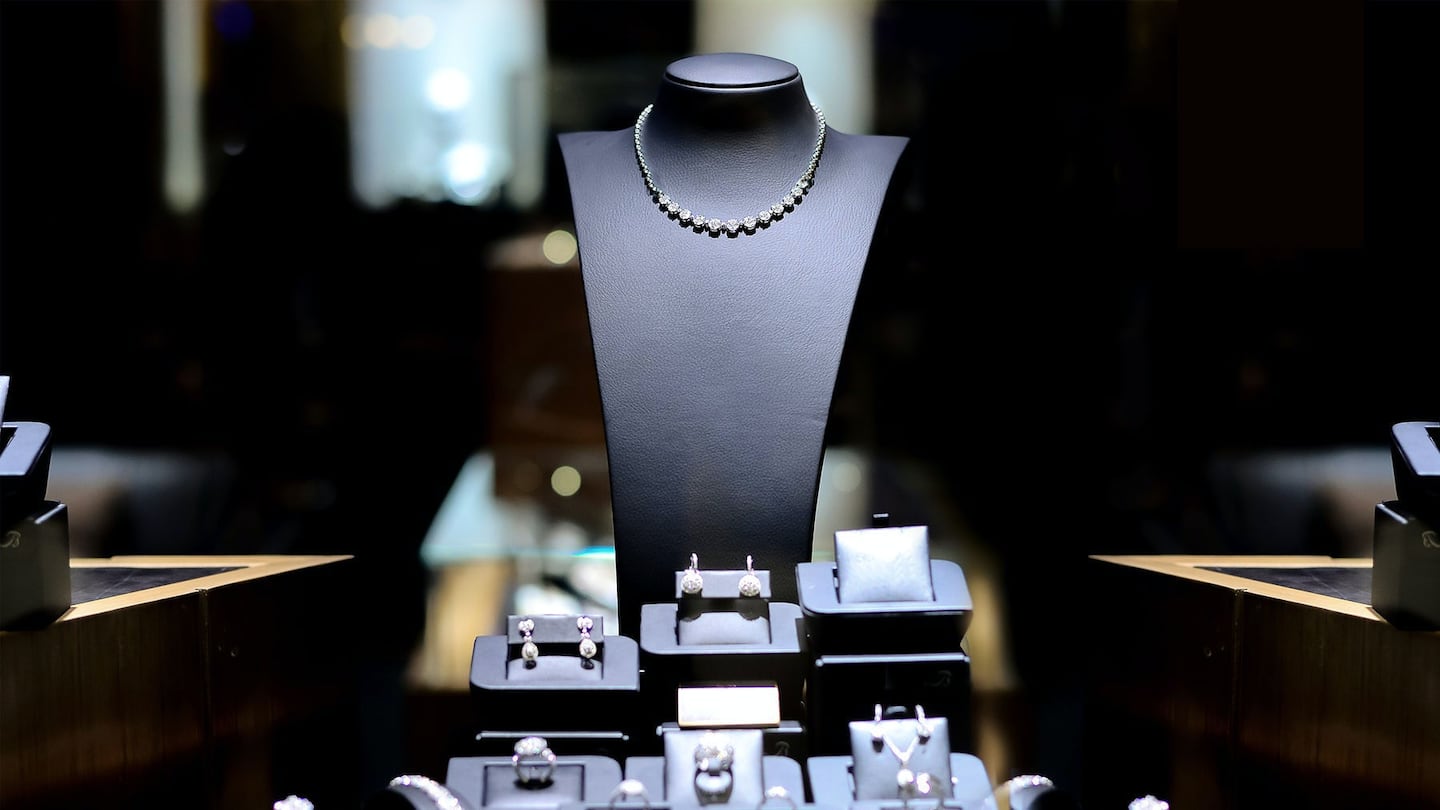
The Business of Fashion
Agenda-setting intelligence, analysis and advice for the global fashion community.

Agenda-setting intelligence, analysis and advice for the global fashion community.

GENEVA, Switzerland — Jewellery is special. It's considered a luxury because it's precious rather than merely expensive, benefitting from better consumer value perception than other categories. It's also particularly attractive during periods of rising social inequality, like today, becoming a marker of class distinction as well as a convenient vehicle for storing wealth.
Leading luxury jewellery brands can get away with the highest possible price depth and so can also serve a very broad constituency. Yet jewellery remains mostly unbranded, leaving a large opportunity for top names to expand, especially as young consumers shift their spending to branded items.
These dynamics are similar to what existed in handbags a few decades ago and should bode well for incumbent players, which effectively constitute an oligopoly of four brands: Tiffany, Cartier, Bulgari and Van Cleef & Arpels, owned by just three groups: Richemont, Tiffany and LVMH. They also explain why jewellery is attracting a lot of attention these days — from investors aiming to resurrect the past glories of traditional brands like Buccellati; from modern category specialists; and from leather goods and couture houses entering the arena.
Jewellery is a high gross margin business. Despite the appearance of preciousness, the raw material to retail multiple for jewellery is around 10 times — even higher for pieces made from the most precious metals like platinum. In a modern luxury goods industry characterised by low cost of goods sold (COGS) and high selling, general and administrative expenses (SG&A), where the key to success is perceived exclusivity and perceived value, jewellery benefits from better value perception than other luxury categories.
ADVERTISEMENT
The retail economics are equally favourable: small products mean limited space requirements, which combined with high full-price sell-throughs results in strong productivity per square foot. In addition, jewellery lends itself to direct retail distribution, as consumers buy the category by brand, contrary to watches where multi-brand dealers are still the norm. But the big difference from leather goods is that jewellery retail demands materially higher net working capital (NWC).
Jewellery's unique combination of absolute and relative value perception makes consumers all over the world more willing to indulge.
The leather goods brands moving into the jewellery category come in at the lower end of the price range, Hermès at well below €500, Louis Vuitton in the €1,000 to €2,000 range. The couture houses, like Chanel and Dior, are aiming higher, while Cartier and Bulgari are installed firmly at the top of the pricing pyramid.
Much like in handbags, jewellery players use distinct shapes to drive desirability and stand out against unbranded products and peers. Indeed, shape recognition is another area where the jewellery category is more akin to handbags than fashion. A white shirt or a black skirt can be just a white shirt and black skirt, but a clou bracelet is not just any bracelet, and an ersatz, lower-end, brand will not deliver the same consumer benefit.
It is not a coincidence that Inditex’s chameleon strategy has worked wonders in fashion, but not so well in leather goods, as Inditex has found with its Uterqüe brand. In short, mass jewellery retailers pose little threat to jewellery brands.
The typical starting point for a jewellery brand is a focus on just one or two basic product groups, such as rings, necklaces, bracelets or earrings. Once established, the brand can broaden its range. At the same time, success can be born from speciality product groups, such as Van Cleef & Arpels in necklaces, Bulgari in rings and Cartier in earrings. Along these lines, Tiffany could build on the promise of its T Collection to develop its shapes and widen its product group diversification. In time, this would reduce dependence on stones and boost margins.
In sum, jewellery’s unique combination of absolute and relative value perception makes consumers all over the world more willing to indulge. Jewellery plays well in established markets like Europe and Japan, where the luxury goods customer base is older and more conservative, while at the same time is driving massive demand with Chinese early-bird consumers who long ago sated their appetite for handbags. I expect this to result in a jewellery market that continues to grow at a faster rate than the wider personal luxury goods market and increasingly become a playground for big luxury megabrands.
Luca Solca is the head of luxury goods at BNP Exane Paribas.
Related Articles:
From analysis of the global fashion and beauty industries to career and personal advice, BoF’s founder and CEO, Imran Amed, will be answering your questions on Sunday, February 18, 2024 during London Fashion Week.
The State of Fashion 2024 breaks down the 10 themes that will define the industry in the year ahead.
Imran Amed reviews the most important fashion stories of the year and shares his predictions on what this means for the industry in 2024.
After three days of inspiring talks, guests closed out BoF’s gathering for big thinkers with a black tie gala followed by an intimate performance from Rita Ora — guest starring Billy Porter.